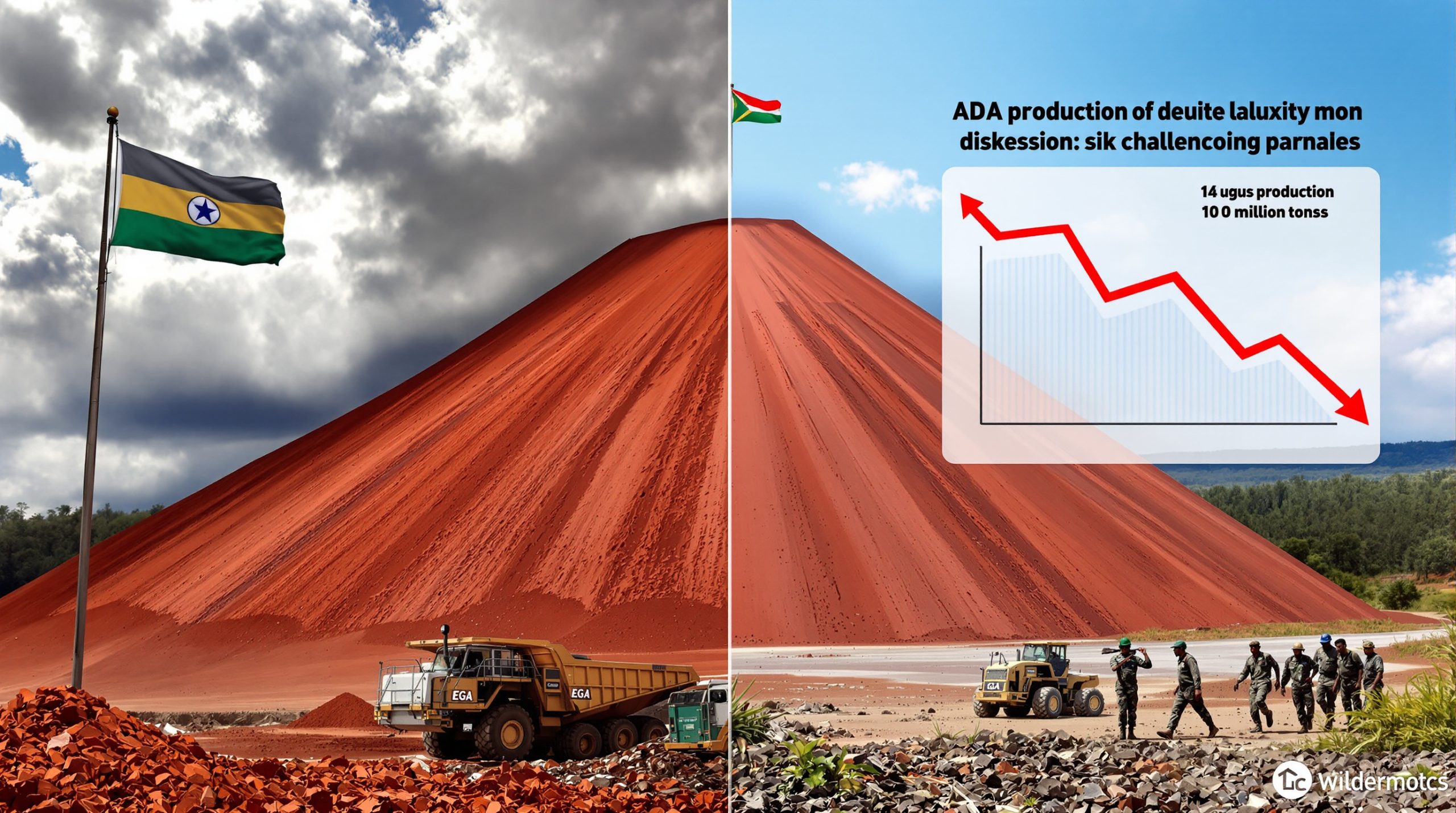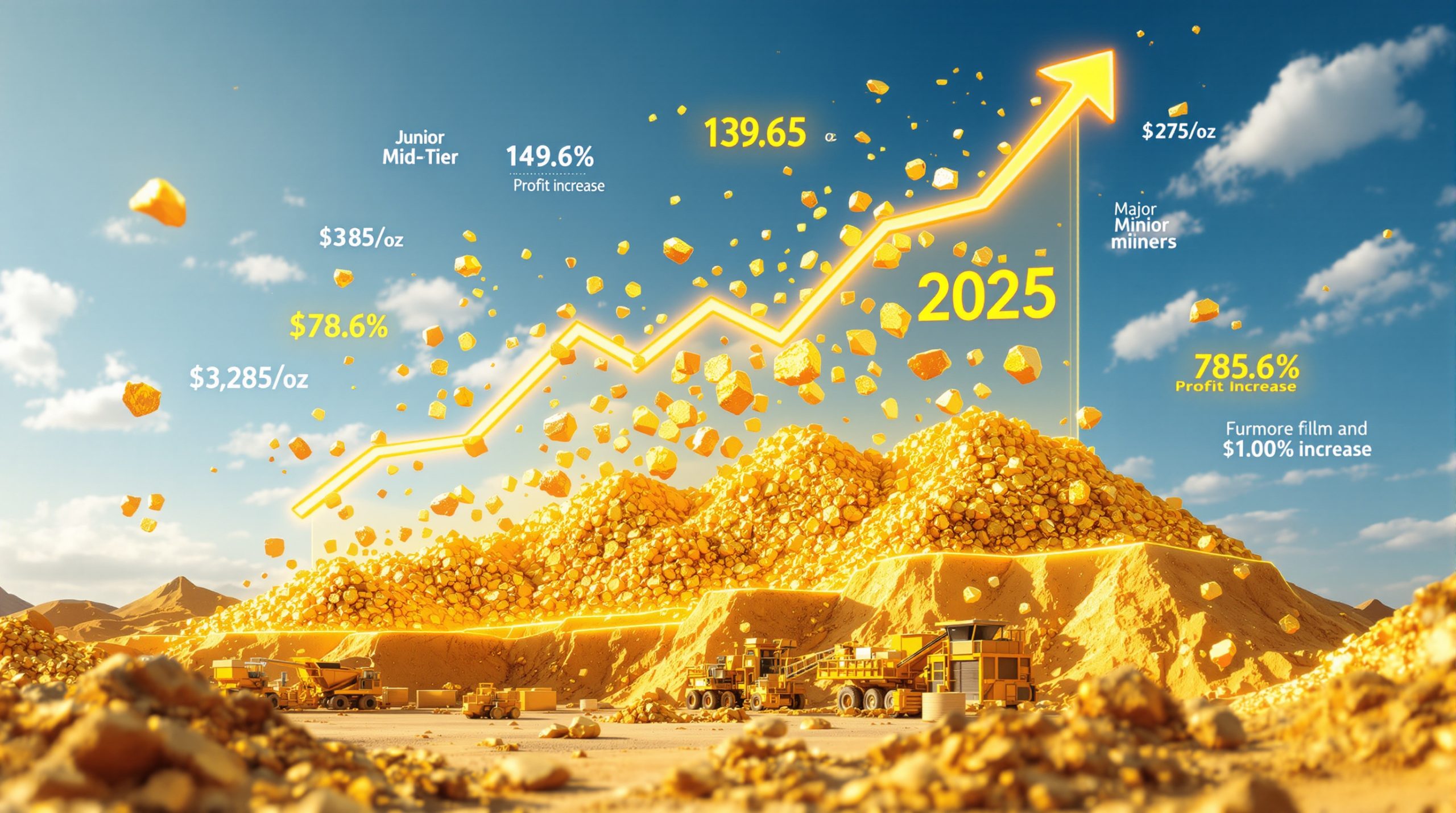What Was the Bretton Woods System?
The Foundation of Post-War Monetary Stability
The Bretton Woods system emerged from the ashes of World War II, established during a pivotal conference in July 1944 at the Mount Washington Hotel in Bretton Woods, New Hampshire. Representatives from 44 Allied nations gathered to create a framework that would prevent the economic chaos that had plagued the interwar period.
At its core, Bretton Woods created a fixed exchange rate system with the U.S. dollar as the world's reserve currency. The dollar was pegged to gold at $35 per ounce, while other currencies were fixed to the dollar at predetermined rates. This arrangement aimed to provide stability for international trade while preventing the competitive currency devaluations that had exacerbated the Great Depression.
The U.S. emerged from WWII in a uniquely powerful position, holding approximately 22,000 tons of gold—roughly 75% of the world's monetary gold reserves. This massive gold stockpile provided the foundation for America's ability to back the dollar with gold, making it the unquestioned global reserve currency.
Key Institutions Born from Bretton Woods
The Bretton Woods conference created two institutions that remain central to the global financial system today: the International Monetary Fund (IMF) and the World Bank.
The IMF was designed to monitor exchange rates and lend to countries experiencing balance of payments difficulties. Its mandate included promoting international monetary cooperation and expanding global trade by maintaining orderly exchange arrangements among member countries.
The World Bank initially focused on providing loans for post-war reconstruction in Europe but later expanded its mission to promote economic development in poorer nations. Together, these institutions formed the cornerstone of what economists call the Bretton Woods system.
This system represented a carefully designed compromise between the rigid discipline of the gold standard and the flexibility needed for domestic economic management. Countries could adjust their currency values in cases of "fundamental disequilibrium" but were generally committed to maintaining fixed exchange rates.
Why Did the Bretton Woods System Begin to Unravel?
The Triffin Dilemma Emerges
By the early 1960s, cracks began appearing in the Bretton Woods architecture due to what economist Robert Triffin identified as a fundamental paradox. Triffin articulated that the system contained an inherent contradiction that would eventually lead to its collapse.
As Triffin explained: "The dollar's role as a reserve currency creates a paradox: global liquidity requires U.S. deficits, undermining confidence in the dollar." This became known as the "Triffin Dilemma."
The problem was structural: as the global economy expanded, the world needed more dollars for international trade and reserves. The only way these dollars could enter the global system was through American balance of payments deficits—either through foreign aid, military spending, or trade deficits.
However, as these deficits accumulated, more dollars circulated globally than could be backed by America's gold reserves. By the late 1960s, foreign governments and central banks held dollar claims far exceeding the U.S. gold stockpile, creating a crisis of confidence in the dollar's convertibility promise.
France's Gold Strategy Under Charles de Gaulle
France, under President Charles de Gaulle, became the first major nation to challenge the sustainability of the Bretton Woods system. Influenced by his economic adviser Jacques Rueff, de Gaulle grew increasingly skeptical of dollar stability throughout the 1960s.
In a famous February 1965 press conference, de Gaulle publicly criticized the "exorbitant privilege" enjoyed by the United States through the dollar's reserve status. He declared: "Gold does not change. It can be made into bars, ingots, or coins. It has no nationality." This statement reflected France's view that gold represented a neutral international asset, while the dollar represented the interests of a single nation.
France began systematically converting its dollar reserves into gold, sending naval vessels to New York Harbor to transport tons of gold back to Paris. Between 1965 and 1971, France repatriated approximately 3,000 tons of gold from American vaults, encouraging other nations to follow its example.
The Widening Gold Drain
France's actions accelerated a troubling trend for U.S. monetary authorities. America's gold reserves had steadily declined from their post-war peak of 22,000 tons to approximately 8,000 tons by the late 1960s.
Meanwhile, foreign dollar holdings continued to grow rapidly, creating an unsustainable imbalance. By 1971, foreign governments and central banks held claims on roughly three times more gold than the U.S. actually possessed in its vaults at Fort Knox and other depositories.
The situation was further complicated by rising U.S. inflation, fueled by expanded government spending on both domestic programs (Johnson's "Great Society") and the Vietnam War. This monetary expansion at home increased pressure on the dollar abroad, making the $35 per ounce gold price increasingly unsustainable.
As more nations followed France's example, the gold drain intensified. Germany, Switzerland, and Japan all began converting dollars to gold, creating a snowball effect that threatened to deplete America's remaining gold reserves.
How Did Nixon End the Bretton Woods System?
The Nixon Shock of 1971
On Sunday, August 15, 1971, President Richard Nixon appeared on national television to announce a series of dramatic economic measures that would effectively end the Bretton Woods system. This announcement, which caught both allies and markets by surprise, became known as the "Nixon Shock."
In his address, Nixon declared: "We must protect the dollar from the attacks of international money speculators." He announced several major policy changes:
- The suspension of dollar convertibility into gold for foreign governments and central banks
- A 10% surcharge on imported goods to force trading partners to revalue their currencies
- A 90-day freeze on wages and prices to combat domestic inflation
Nixon framed these actions as temporary measures to stabilize the dollar, but the suspension of gold convertibility proved permanent. August 15, 1971, marked the end of the dollar's direct link to gold and fundamentally transformed the global monetary system.
Immediate Global Reactions
The international response to Nixon's announcement was one of shock and confusion. Financial markets around the world temporarily closed as governments and central banks scrambled to assess the implications.
When markets reopened, major currencies began floating against the dollar for the first time in decades. The price of gold, no longer anchored at $35 per ounce, rose dramatically in the free market, signaling diminished confidence in the dollar's long-term purchasing power.
In December 1971, representatives from the Group of Ten industrial nations met at the Smithsonian Institution in Washington, D.C., in an attempt to salvage fixed exchange rates. The resulting Smithsonian Agreement widened the permissible trading bands around central exchange rates to ±2.25% while formally devaluing the dollar to $38 per ounce of gold.
Despite being hailed by President Nixon as "the most significant monetary agreement in the history of the world," the Smithsonian arrangement proved short-lived.
The Final Collapse in 1973
The Smithsonian Agreement lasted only 14 months before collapsing under renewed market pressure. By March 1973, the major currencies of the world—including the German mark, Japanese yen, and British pound—were allowed to float freely against the dollar.
This marked the definitive end of the Bretton Woods system of fixed exchange rates. The gold price continued its upward trajectory, reaching $195 per ounce by 1974—a clear market verdict on the dollar's diminished status.
The era of fiat currencies—money backed only by government decree rather than precious metals—had officially begun. Exchange rates would now be determined primarily by market forces rather than government agreements, fundamentally changing the nature of international finance.
What Were the Long-Term Consequences of Ending Bretton Woods?
Monetary Policy Independence
The collapse of Bretton Woods system freed central banks from the constraints of fixed exchange rates, granting them unprecedented monetary policy independence. Without the obligation to maintain currency pegs, countries could now tailor interest rates and money supply to domestic economic conditions.
This newfound flexibility proved particularly valuable during economic crises. Central banks could now respond to recessions by lowering interest rates and expanding the money supply without immediate concern for exchange rate implications.
For the United States, the end of gold convertibility removed a critical check on monetary expansion. The Federal Reserve gained the ability to create dollars without constraint, eventually leading to aggressive policies like quantitative easing following the 2008 financial crisis—something that would have been impossible under Bretton Woods.
However, this independence came with costs. Coordination of international monetary policy became more challenging, creating opportunities for currency conflicts and competitive devaluations that the Bretton Woods system had been designed to prevent.
Inflation and Currency Volatility
Perhaps the most immediate and noticeable consequence for ordinary citizens was the unleashing of inflation and currency volatility. The dollar has lost over 85% of its purchasing power since 1971, eroding savings and requiring significantly higher nominal incomes to maintain living standards.
Gold, meanwhile, has increased by more than 9,000% since the end of the Bretton Woods system, rising from $35 to over $3,000 per ounce by 2024. This extraordinary appreciation reflects both gold's traditional role as gold as a hedge and growing concerns about the sustainability of debt-based monetary systems.
Major currencies have experienced significant volatility against one another, creating new challenges for international businesses and investors. The value of the Japanese yen against the dollar, for example, has fluctuated by hundreds of percent since 1973.
This volatility necessitated the development of sophisticated currency hedging strategies and derivatives markets to manage risk. The foreign exchange (forex) market expanded dramatically, becoming the largest financial market in the world with daily trading volumes exceeding $6 trillion.
Rise of Gold as a Monetary Alternative
Gold's role transformed profoundly after Bretton Woods. From being an official monetary anchor with a fixed price, it became a market-determined financial asset whose price reflected changing perceptions of currency stability and inflation risks.
Central banks initially treated gold as a relic, with many Western institutions selling portions of their reserves in the 1990s and early 2000s. The United Kingdom, for instance, sold roughly 400 tons of gold between 1999 and 2002 at prices below $300 per ounce—a decision later criticized as "Brown's Bottom" after the price increased dramatically.
However, this trend reversed dramatically in the wake of the 2008 financial crisis. Central banks have added over 5,000 tons to their collective reserves in the past decade, with particularly significant purchases by China, Russia, Turkey, and India.
This accumulation reflects growing concerns about dollar dependence and represents an implicit vote of reduced confidence in the post-Bretton Woods monetary order. As one analyst observed: "Gold isn't a trade—it's a vote against the system."
How Has Gold Performed Since the End of Bretton Woods?
Gold's Price Trajectory
Gold's performance since the collapse of Bretton Woods demonstrates why central banks and investors continue to value it despite its lack of yield. The price history can be divided into several notable periods:
-
1970s: Gold increased by over 2,100% during this decade, rising from $35 to approximately $850 per ounce at its 1980 peak. This extraordinary appreciation coincided with double-digit inflation in the United States and a general crisis of confidence in paper currencies.
-
1980s-1990s: A period of consolidation and decline followed as Federal Reserve Chairman Paul Volcker's tight monetary policy tamed inflation. Gold fell to around $250 by the late 1990s.
-
2000s: Gold rose approximately 670% during this decade, driven initially by dollar weakness and later by the 2008 financial crisis. The price surpassed $1,000 per ounce for the first time in 2008.
-
Since 1999: Gold has climbed more than 1,100% over this extended period, outperforming many major stock indices on a risk-adjusted basis.
-
Recent milestone: In 2024, gold ETFs 2024 have seen increased inflows as gold broke through $3,000 per ounce amid heightened geopolitical tensions and continued monetary expansion by major central banks.
This long-term performance illustrates gold's enduring role as a store of value in an era of fiat currencies and expanding global debt.
Supply and Demand Dynamics
Unlike fiat currencies that can be created electronically with minimal constraints, gold's supply is governed by physical limitations and economic factors.
Mining production has remained relatively flat since 2018, with global output hovering around 3,000 tons annually. This production plateau reflects increasing challenges in the mining sector:
- Extraction costs have increased by approximately 40% since 2018 as easily accessible deposits become scarcer
- Average ore grades have declined substantially, requiring more material to be processed for each ounce of gold
- New discoveries face greater geographical, technical, and regulatory hurdles
- Production is increasingly concentrated in politically unstable regions
On the demand side, institutional interest has grown significantly. Central banks have shifted from being net sellers to substantial net buyers, absorbing roughly 25% of annual mining production in recent years. Chinese insurance companies have increased gold allocations to 5-7% of reserves, while exchange-traded funds (ETFs) have made ownership more accessible to retail investors.
Psychological Price Barriers
An interesting aspect of gold's post-Bretton Woods history involves psychological price barriers and their diminishing percentage significance. As gold has moved higher, each $1,000 milestone represents a smaller percentage increase:
- $1,000 to $2,000: 100% increase
- $2,000 to $3,000: 50% increase
- $3,000 to $4,000: 33% increase
- Future milestones, such as $9,000 to $10,000, would require just 11% moves
This mathematical reality means future price milestones may arrive more frequently as the same percentage moves translate to larger absolute dollar amounts.
Price breakthroughs often trigger increased public attention and additional buying, creating self-reinforcing momentum. Media coverage intensifies at round-number thresholds, bringing new participants into the market who may have previously dismissed gold as an investment.
Why Do Countries Continue to Accumulate Gold?
Central Bank Purchasing Trends
One of the most significant developments in the gold market since the 2008 financial crisis has been the dramatic shift in central bank behavior. After decades as net sellers, central banks became substantial net buyers starting in 2010.
This trend has accelerated in recent years, with official sector purchases exceeding 1,000 tons in 2022 alone—the highest level since 1967, when the Bretton Woods system was still operational. Key buyers include:
- China: Regularly announces increases to its official gold reserves, though many analysts believe actual holdings exceed reported figures
- Russia: Reduced its dollar reserves from over 40% to under 16%, while more than quadrupling its gold reserves
- India: Steadily expanding gold holdings as a percentage of total reserves
- Turkey: Became one of the largest buyers in recent years, particularly during periods of lira weakness
Meanwhile, Western nations have largely stopped selling their gold reserves, with some European central banks making small purchases after decades of reductions.
This collective behavior suggests a fundamental reassessment of gold's role in the post-Bretton Woods monetary system.
Gold as a Sovereignty Strategy
Beyond portfolio diversification, gold accumulation represents a sovereignty strategy for many nations. Countries increasingly view excessive dollar dependence as a strategic vulnerability in an era of financial sanctions and geopolitical realignment.
Gold offers unique advantages as a reserve asset:
- Sanction resistance: Physical gold held in domestic vaults cannot be frozen or blocked by foreign powers, unlike reserves held in overseas accounts
- No counterparty risk: Gold is the only major reserve asset that is not simultaneously someone else's liability
- Political neutrality: As Charles de Gaulle observed, gold "has no nationality" and maintains value regardless of issuing governments
- Crisis resilience: Historically performs well during periods of systemic stress
Russia's experience following the 2014 Crimea annexation accelerated this trend. Western sanctions demonstrated how quickly dollar-denominated assets could be frozen, prompting many countries to reconsider their reserve composition.
The development of alternative payment systems and financial infrastructure further reflects this sovereignty drive. Nations are building the architecture for a potential future monetary system less centered on the dollar—with gold potentially playing a key role.
Beyond Central Banks
Interest in gold extends beyond central banks to other institutional investors and, increasingly, retail buyers. These diverse participants create a multi-layered demand profile:
- ETFs: After periods of outflows, gold-backed exchange-traded funds have experienced renewed inflows as inflation concerns mounted
- Insurance companies: Particularly in Asia, insurers have increased strategic allocations to gold as a portfolio stabilizer
- Sovereign wealth funds: Several major funds have disclosed gold positions as part of long-term diversification strategies
- Pension funds: Traditionally underallocated to gold, some funds have begun small allocations, potentially representing a significant source of future demand
Retail investment remains relatively modest compared to potential future demand. Gold ownership in Western countries is estimated at less than 1% of financial assets, suggesting considerable room for increased allocations if inflation or financial instability concerns intensify.
What Is Gold's Role in a Modern Portfolio?
Beyond Price Speculation
Understanding gold's function in a
Are You Prepared to Capitalise on The Next Major Mineral Discovery?
Discover how the Discovery IQ model by Discovery Alert instantly delivers real-time alerts on significant ASX mineral discoveries, giving you a strategic advantage in your investment decisions. Explore our discoveries page for historic examples of exceptional outcomes and start your 30-day free trial today to stay ahead of market trends: Discovery Alert Discoveries.




